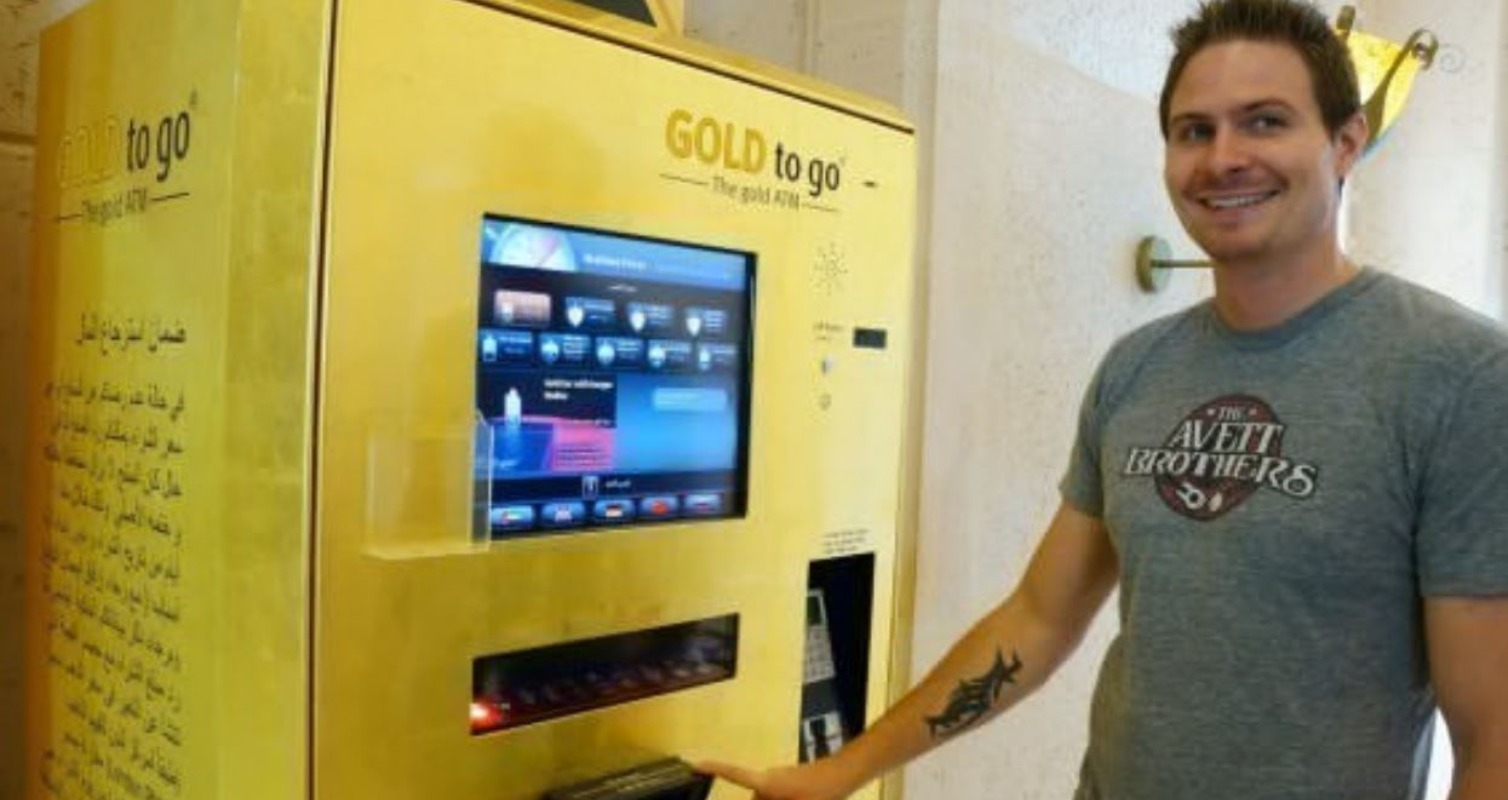India
Vending Machine are not very common in India and are usually found only in major cities or along some national highways. Seaga India, a 100% subsidiary of the Seaga Group of USA, is the pioneer for bringing the concept of vending machines to India.
Vending machines are used to sell snacks, beverages, condoms, public transit tickets, Jewellery, and change for currency notes.
Several reasons have been attributed to the lack of success of vending machines in India. The availability of cheap labour makes operating stores or kiosks economical; customers lack of technical knowledge and feel uneasy using vending machines; a lack of machines that accept a wide variety of payment methods; vandalism, rough use, and poor maintenance of the machines. However, vending machines are relatively new in India and analysts believe that usage will rise.
Netherlands
A common feature of snack bars in the Netherlands is a wall lined with coin-operated machines. Each has a vertical row of little windows, with a (usually hot) snack behind each, e.g., a croquette, a frikandel or a hamburger.
Behind the machine is the kitchen where the snacks are prepared, with the little windows being re-supplied from the back.
Automatieks may provide chairs for customers, but it is also common to have seating only for customers buying food at the counter. Sometimes the vending machines are in an outside wall, and no shelter is provided.
These vending machines are often located at railway stations or in busy shopping streets.
Russia
In the USSR, vending machines became more common after Nikita Khruschev visited the USA. On his order, many types of vending machines were designed. Soft drink machines were popular in all Soviet cities. They were designed to dispense into a glass and equipped with a washing device
South Africa
In 2012 South African beverage company BOS Ice Tea installed a Twitter-activated vending machine in Cape Town.
